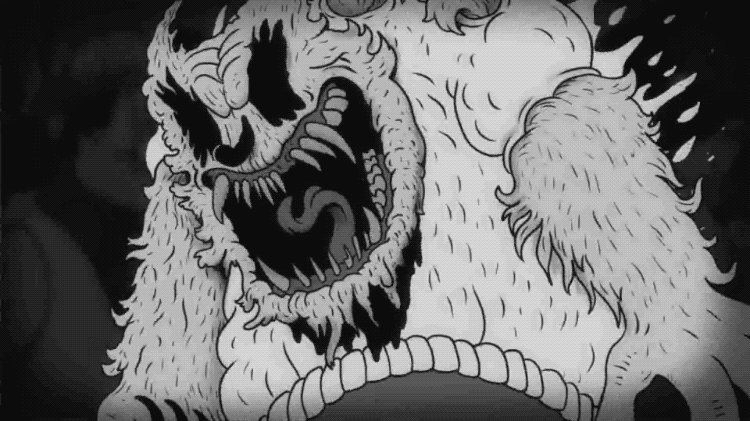Champagne OK
This is a random clip taken from “The Boy in the Plastic Bubble” (1976). Whether it’s the botched editing job between “oooo-owwww”, the palpable sense of self-satisfaction Robert Reed exhibits after he’s contained the chaos of bubbly eruption, or the final announcement that the disaster has been averted, this tiny element of film makes me feel ok…Champagne OK! After all, having had your child banished to the purgatory of a giant bubble, wouldn’t you-yourself feel that same sense of ‘victory’ having single-handedly contained an outright onslaught of smaller bubbles?
When I was a very young kid, I remember sitting on the couch next to my mom and loving this movie, yet probably not understanding it at all. I just added this to my netflix queue and can’t wait to see it again for the first time.

